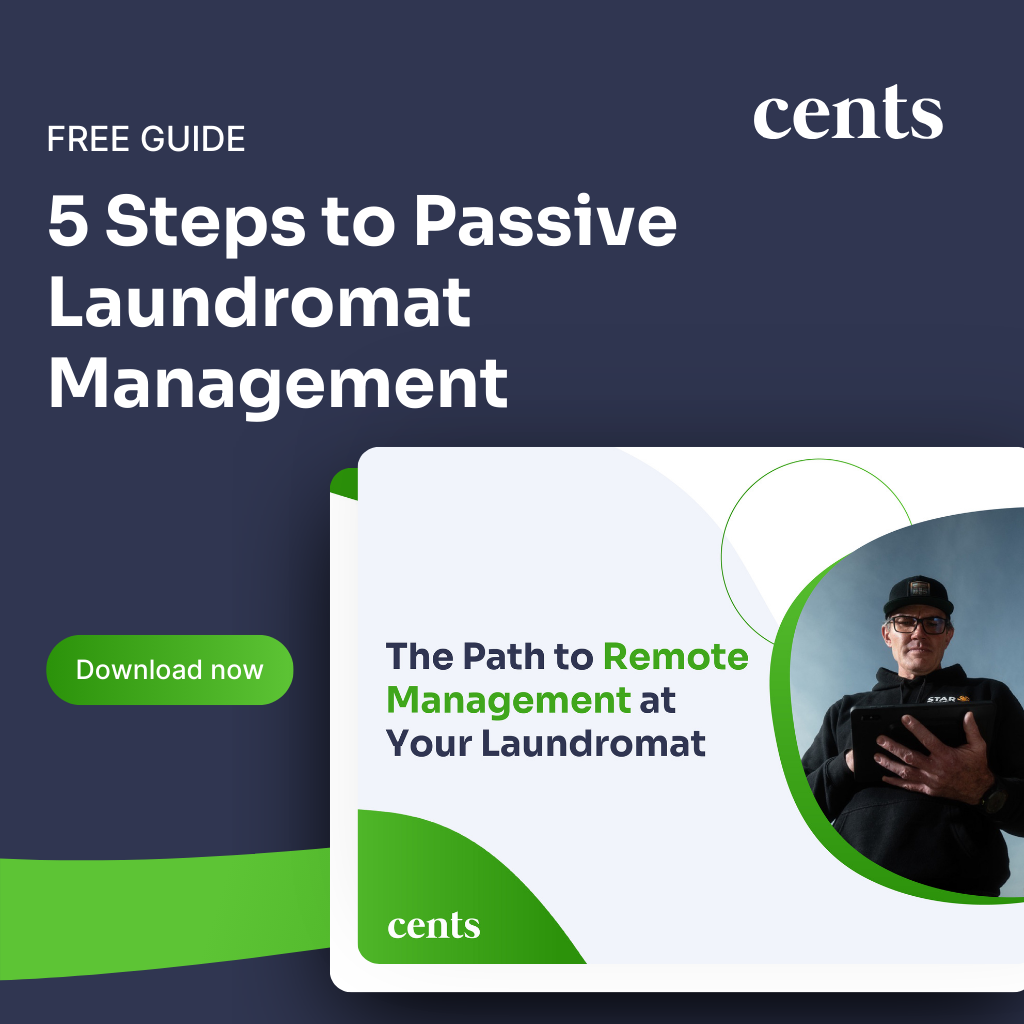I’m interested in building a new laundromat. I have two locations, but I feel that I have time to handle a third store as well. My first two laundries were built by the previous owners, so I’m not very familiar with the due diligence process of knowing how to properly vet a laundromat location. What should I be looking for with regard to site selection?
First of all, you need to understand that this is an enormous topic, and your decision will have a major impact on whether or not your third laundromat is successful. Therefore, your initial step should be to reach out to the Coin Laundry Association, which offers webinars, books, in-depth articles and white papers on this very subject.
Also, when researching locations for your new laundromat, a demographic report will be a critical tool to ensure that the population can support a laundromat. Fortunately, the CLA has collaborated with a leading demographics provider, IdealSpot, to offer a custom template specific to store owners and includes such demographic criteria as:
- Household value, size, ownership and income
- Population age and gender
- Traffic volume
- Social media and search engine demand
- Weekly per-capita spending
- Additional fields are available to pull into the report
In general, a good laundromat location should be densely populated and feature residents within the lower to lower-middle income level. Be sure to check for elementary schools and, specifically, the number of children in the area. After all, kids and larger families will produce a lot of dirty laundry.
Most urban and suburban laundromats will draw customers from a one- to three-mile radius, whereas rural stores can attract business from much farther away.
Be aware of any competition in your chosen marketplace. This includes investigating any apartment buildings in the area, to see if they have washers and dryers in the units or if they offer quality laundry rooms to their tenants. Of course, find out all of the vend prices in your chosen market.
After during your research, if you discover that the current laundry options available are already filling all of the customer needs for the area, it would be wise to move on and look elsewhere to build your third vended laundry.
If you do all of the above, I’m confident you’ll be well on your way to making a solid, well-informed decision on building that third laundromat.
[Editor’s Note: CLA members can take advantage of a 30 percent discount on demographic reports via the association’s members-only resource library. In addition, non-members can receive a 15 percent discount by purchasing through the CLA.]
I have a 5,000-square-foot laundromat with 75 washers. However, because I also have my own well, I don’t receive a water bill. Of course, I pay for the discharged water that goes into the city sewer system.
Recently, a salesperson tried to talk me into buying a water softening system that would be installed onto my water pipe. Supposedly, this system will separate the minerals from the water to the point where my water would have “zero hardness.”
I currently have a standard water softening system that’s rather costly. This salesperson claimed his system would save me from 80 percent to 85 percent of what I’m paying right now. Does this sound correct to you?
No. I would stay with your current water softening system. To me, what you’re describing sounds too good to be true – and when that’s the case, it usually is.
Certainly, do more research into that particular system. However, understand that minerals can’t simply disappear from the water. Even if they are separated out, they’re still in the water.
I recently acquired a large nursing home account, which requires that any garments or items that include pathogens be washed according to state regulations – especially with regard to what chemicals are used. Do you know what those chemicals are?
Your first step would be to check with your particular state as to the specific regulations. I’m sure there are variances from state to state. However, most states require the use of hydrogen peroxide, chlorine bleach or commercial-grade iodine, in conjunction with a high-quality detergent, when laundering items infected with pathogens.








